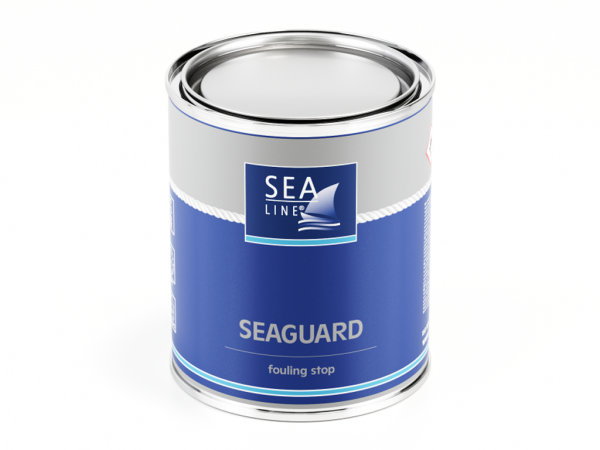
Pintura autopulimentable antifouling SEAGUARD no contiene sustancias activas o biocidas tóxicos, lo que es importante sobre todo en el caso de las áreas marinas cerradas.
| Tipo de embarcación | Laminado, madera, acero, aluminio | |
| Lugar | Por debajo de la linea de flotación | |
| Función | Se utilizan para proteger el casco contra de la contaminación provocada por las algas y conchas. | |
| Aplicación | brocha, rodillo | |
| Diluición * | No recomendado | |
| Rendimiento teorético 1l | 9÷10 m2 para 100 μmWFT/ 50 μm DFT | |
| Número de capas | 2 – 3 | |
| Tiempo entre capas sin necesidad de lijar | min.5 h min | |
| Embalaje | 0,750l | 2,5 l |
| Color **: blanca azul negro | código : 300009843 300009836 300011250 | código : 300009847 300009846 300011251 |
En el caso de altas temperaturas y la necesidad de diluir la pintura antiincrustante, se recomienda una dilución máxima de 0-5% (por volumen). La dilución y el método de aplicación afectan directamente el espesor de la capa de pintura antiincrustante. Se debe prestar especial atención a la obtención de un espesor de recubrimiento específico (100 μm DTF), lo que garantiza el funcionamiento efectivo de la pintura antiincrustante.
Exposure of a freshly applied antifouling paint to moist air can lead to color change. The discoloration is only superficial and does not affect the effectiveness of the antifouling paint.
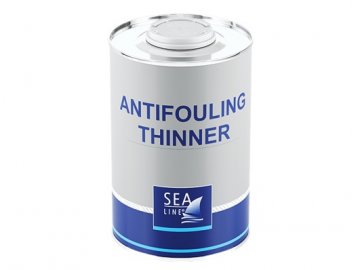
It is very important to use paint thinners, which provide the appropriate parameters of paint – flow, pot life, time […]
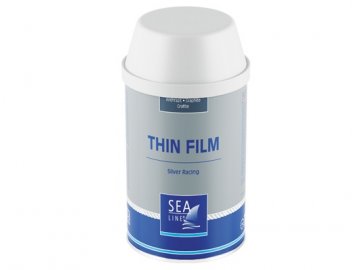
THIN FILM SILVER RACING ANTIFOULING available only in: Germany Austri (Österreich) France Italian no UE countries
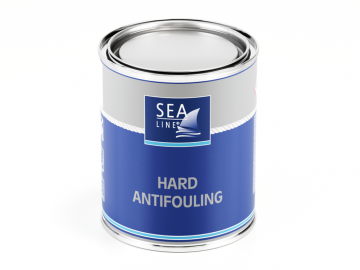
HARD ANTIFOULING paint: Suitable for salty and regular water. Suitable for sailing and motor boats traveling with a maximum speed […]
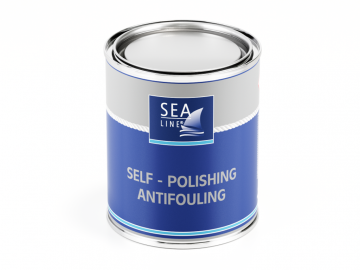
Recomendada para agua dulce y salada. Ideal para embarcaciones de vela y motor, con velocidad máxima de hasta 40 nudos. […]
Sea-Line yacht paints are designed for painting the surface of boats and yachts made of various materials, e.g. laminate, wood or steel. We do not have a certificate of the National Institute of Hygiene, which would allow the use of yacht paint to paint the tank with drinking water.

Para rellenar cavidades y hacer frente a las desigualdades causadas por daños o durante el curso de la producción

Barcos de superficie de impacto de las actividades de ósmosis y la corrosión destructiva en ambientes hostiles

Protección contra el agua y contra los efectos negativos de los rayos UV

Proteger la parte inferior de la embarcación antes de las incrustaciones de algas y conchas. Protección contra el agua

Eliminación efectiva de arañazos, color refrescante y gelcoat brillo o pintura

Preparaciones especializados para la limpieza y restauración efectiva

Laminación, encolado y relleno de fisuras en gelcoat

Una serie de productos útiles durante el constructor de barcos de trabajo